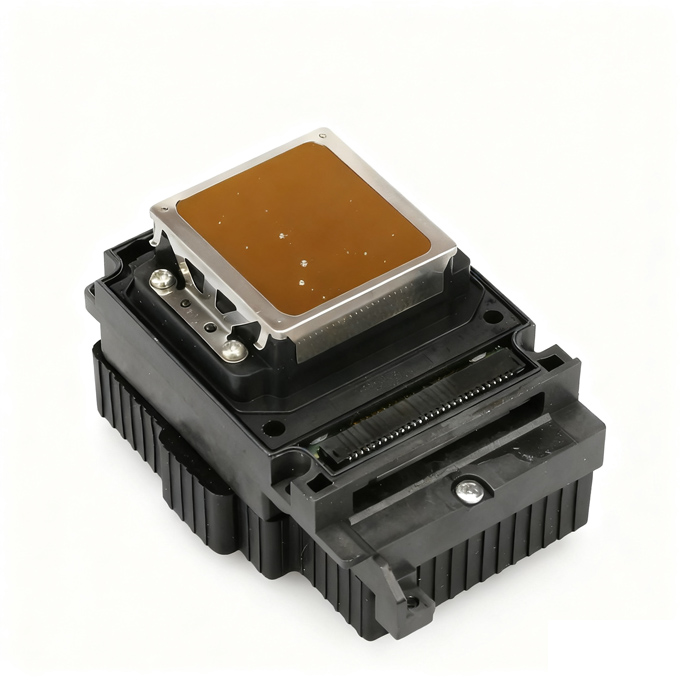Email: info@grisprint.com Phone: +8613539140137
What you need to know about the Epson TX800 printhead for DTF & UVDTF printing. Real specs, UV reflection risks, cable replacement tip, and lifespan tips from field experience.
If you're moving away from locked DX5/DX7 printheads, the Epson TX800 has become one of the most reliable open-platform options for DTF and UVDTF printers. We've integrated it into dozens of builds — here’s what actually matters in real production.

Why the TX800 Is Still a Viable Choice
Unlike discontinued heads, the TX800 (also known as F1280-A1 or DX10) remains accessible and firmware-unlocked. It’s a six-channel Micro-Piezo printhead with 1,080 nozzles total — ideal for CMYK + light colors, or even white ink in dual-channel setups. But be aware: its narrow ink channels mean lower flow rates. If you're using thick inks like white DTF or UV resin, you’ll need to adjust pressure and temperature carefully.
Specs That Actually Matter
You’ll see “5760 x 1440 dpi” quoted everywhere — that’s theoretical. In real-world use, most DTF and UVDTF machines run the TX800 at 1440 dpi max to avoid clogging and banding.
Here’s what impacts your print quality and reliability:
We’ve seen operators clog heads in weeks by using unfiltered Chinese UV ink. Don’t skip filtration.
UV Printing? Beware of Reflected Light
This isn’t in the manual: UV light can reflect off glass, acrylic, or glossy substrates and damage the internal piezoelectric elements.
One customer destroyed their TX800 within 48 hours because the UV lamp was too close and unshielded. The reflected light fried the head from below.
Our fix:
It’s a simple step — but it can save you hundreds in replacement costs.
Installation Tip: Replace the Cable Every Time
We recommend replacing the 29-pin flex cable whenever you install a new TX800 printhead.
Old cables degrade — micro-cracks or oxidation cause signal loss, leading to misfires or communication errors. We tested the same head with new vs. used cables: the used one showed intermittent dropouts at high jetting frequencies.
An $8 cable is cheaper than three days of troubleshooting ghosting or missing lines.
How Long Does It Last?
Under proper conditions — clean ink, regular nozzle checks, moderate speed — expect 300,000 to 500,000 printed sheets.
But we’ve seen heads fail in under 50,000 sheets due to:
One shop was cleaning 8 times a day — they killed three heads in six months. After reducing to one weekly check, their next head lasted over a year.
Maintenance matters more than specs.
Should You Use It?
Yes, if:
Think twice if:
Already using or planning to integrate the TX800? Let us help you avoid the costly mistakes most suppliers won’t tell you about.
Looking for the XP600 printhead?
👉 Click on a model above to view details, check specifications, or start a product consultation.
Email: info@grisprint.com Inquire Now >>
Solve nozzle clogs and banding...
Discover the best ink filters ...
Considering an upgrade from MH...
Contact: Vicky Wei
Phone: +8613539140137
Email: info@grisprint.com
Address: 809Room , 8F, lianchuang Business Center ,No.67 Gongye Road , Mingzhi Street , Longhua District . Shenzhen City . Guangdong Province . China .518110